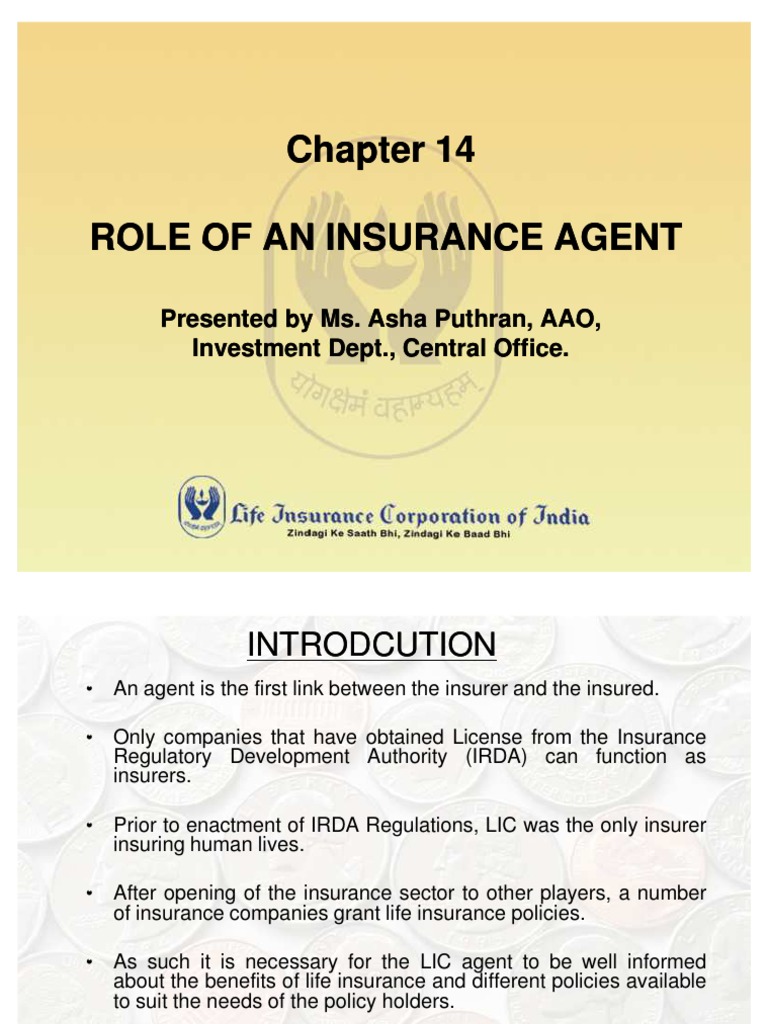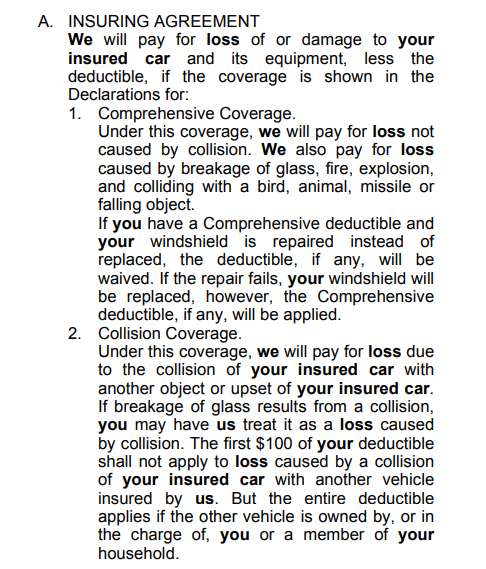Things about Pacific Prime
Things about Pacific Prime
Blog Article
The Basic Principles Of Pacific Prime
Table of ContentsNot known Facts About Pacific PrimeGetting My Pacific Prime To WorkIndicators on Pacific Prime You Should KnowTop Guidelines Of Pacific PrimeRumored Buzz on Pacific Prime

This is since the data were accumulated for a period of strong economic performance. Of the estimated 42 million individuals who were uninsured, just about concerning 420,000 (concerning 1 percent) were under 65 years of age, the age at which most Americans become qualified for Medicare; 32 million were grownups between ages 18 and 65, about 19 percent of all adults in this age group; and 10 million were children under 18 years of age, regarding 13.9 percent of all children (Mills, 2000).
These quotes of the number of persons without insurance are generated from the yearly March Supplement to the Existing Populace Study (CPS), performed by the Demographics Bureau. Unless otherwise kept in mind, nationwide price quotes of individuals without wellness insurance coverage and proportions of the populace with different type of protection are based upon the CPS, the most commonly made use of resource of price quotes of insurance coverage and uninsurance prices.
The 5-Minute Rule for Pacific Prime

Still, the CPS is especially useful because it produces annual quotes fairly promptly, reporting the previous year's insurance policy coverage approximates each September, and due to the fact that it is the basis for a constant set of price quotes for even more than twenty years, permitting analysis of trends in coverage in time. For these factors, as well as the extensive usage of the CPS in other studies of insurance policy coverage that are offered in this report, we rely upon CPS price quotes, with restrictions noted.

The estimate of the variety of uninsured individuals expands when a populace's insurance policy standing is tracked for a number of years. Over a three-year period beginning early in 1993, 72 million individuals, 29 percent of the united state population, lacked insurance coverage for at the very least one month. Within a solitary year (1994 ), 53 million people experienced a minimum of a month without coverage (Bennefield, 1998a)
Six out of every ten uninsured adults are themselves used. Although functioning does improve the possibility that one and one's household participants will certainly have insurance, it is not a warranty. Even participants of families with 2 full-time wage income earners have almost a one-in-ten possibility of being uninsured (9.1 percent without insurance rate) (Hoffman and Pohl, 2000).
Not known Incorrect Statements About Pacific Prime
New immigrants account for a significant proportion of individuals without medical insurance. One analysis has associated a substantial portion of the recent growth in the dimension of the united state uninsured population to immigrants who got here in the nation between 1994 and 1998 (Camarota and Edwards, 2000). Recent immigrants (those that involved the United States within the previous four years) do have a high rate of being without insurance (46 percent), yet they and their kids account for just 6 percent of those without insurance policy across the country (Holahan et al., 2001).
The partnership in between medical insurance and accessibility to care is well established, as recorded later in this phase. Although the relationship in between medical insurance and health and wellness end results is neither direct neither straightforward, an extensive professional and health solutions study literary works web links medical insurance coverage to enhanced access to care, much better high quality, and improved personal and population health status.
Levels of evaluation for taking a look at the effects of uninsurance. It concentrates especially on those without any wellness insurance coverage for any size of time.
Getting The Pacific Prime To Work
The problems encountered by the underinsured are in some areas comparable to those dealt with by the uninsured, although they are generally less extreme. Wellness insurance, however, is neither needed neither adequate to get access to medical solutions. The independent and direct impact of health insurance policy protection on accessibility to wellness solutions is well developed.
Others will acquire the healthcare they require also without health insurance coverage, by paying for it out of pocket or seeking it from suppliers that use treatment totally free or at highly subsidized prices. For still others, wellness insurance coverage alone does not ensure invoice of care as a result of other nonfinancial barriers, such as he has a good point a lack of healthcare providers in their neighborhood, minimal accessibility to transportation, illiteracy, or etymological and cultural distinctions.
The smart Trick of Pacific Prime That Nobody is Discussing
Formal research study regarding without insurance populaces in the USA dates to the late 1920s and very early 1930s when the Committee on the Cost of Healthcare created a collection of records concerning financing physician office brows through and hospitalizations. This problem came to be significant as the varieties of medically indigent climbed up throughout the Great Anxiety.
Report this page